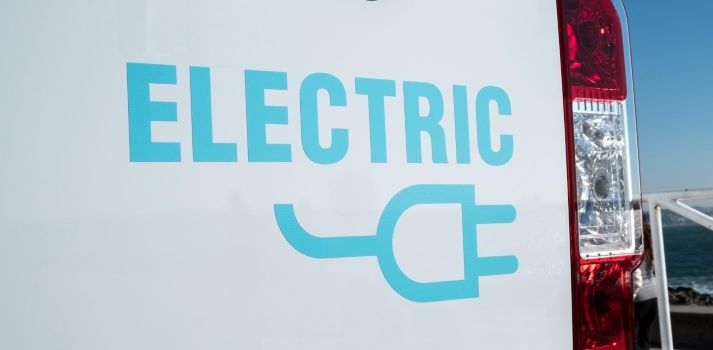One in four new cars in July with electric drive

In July 2021, 55,656 new electric vehicles were registered, an increase of 55 percent. In the first seven months, new electric registrations almost tripled year-on-year to 368,200 units (up 183 percent). This included 174,180 battery-powered electric cars (up 185 percent) and 193,725 plug-in hybrids (up 182 percent). They accounted for 23 percent of the total market.
Reinhard Zirpel, President of the Association of International Motor Vehicle Manufacturers (VDIK), emphasized: “In July 2021, every fourth new car was already an electric vehicle. Electric cars have made the breakthrough in Germany. The market would have even more potential, as the current supply bottlenecks also affect new cars with alternative drives.”
The VDIK regularly updates the list of electric vehicles from international manufacturers. The VDIK member companies currently offer almost 140 electric models, including passenger cars and commercial vehicles, which customers can order in Germany. The VDIK Electric List can be accessed here.
Demand for vehicles with alternative drives as a whole increased in the first seven months. There were 636,108 new electric cars, hybrids with and without plugs, mild hybrids and gas passenger cars registered. That’s an increase of 128 percent. In July, more than 96,500 new vehicles with alternative powertrains were registered (up 36 percent). It should be noted that hybrids include a growing number of mild hybrids that cannot run on full electric power. It is not yet statistically possible to distinguish between full and mild hybrids.
In the overall passenger car market, the balance continues to shift toward alternative drive systems. In the first seven months, they accounted for 39 percent of the total market. Gasoline engines accounted for just under 39 percent. Less than one in four new cars is a conventional diesel (22 percent).
| July | January – July | |||||
|---|---|---|---|---|---|---|
| +/- (%) | +/- (%) | Share of total car market | ||||
| BEV | 25,464 | 52 | 174,180 | 185 | ||
| PHEV including: |
30,154 | 58 | 193,725 | 182 | ||
| PHEV – Petrol | 28,424 | 62 | 180,345 | 191 | ||
| PHEV – Diesel | 1,730 | 10 | 13,372 | 99 | ||
| FCEV | 38 | 0 | 258 | 52 | ||
| Electric Vehicles (total) | 55,656 | 55 | 368,163 | 183 | 23 | |
| HEV including: |
39,641 | 19 | 260,468 | 82 | ||
| HEV – Petrol | 25,634 | 16 | 166,229 | 78 | ||
| HEV – Diesel | 14,004 | 25 | 94,234 | 90 | ||
| CNG | 285 | -69 | 2,873 | -36 | ||
| LPG | 975 | 24 | 4,604 | 172 | ||
| Alternative Drivetrains (total) | 96,557 | 36 | 636,108 | 128 | 39.1 | |
| Petrol | 93,176 | 40 | 629,990 | -19 | 38.7 | |
| Diesel | 46,660 | -48 | 361,151 | -24 | 22.2 | |
Source: KBA, VDIK
Glossar
Elektrofahrzeuge: BEV, PHEV und FCEV
BEV, Batterieelektrisches Fahrzeug, engl: Battery Electric Vehicle
PHEV, Plug-In-Hybrid, engl: Plug-In Hybrid Electric Vehicle
FCEV, Brennstoffzellenfahrzeug / Wasserstofffahrzeug, engl.: Fuel Cell Electric Vehicle
HEV, Hybride ohne Stecker bzw. nicht aufladbar, engl.: Hybrid Electric Vehicle
CNG, Gasförmiges Erdgas, engl: Compressed Natural Gas
LPG, Flüssiggas bzw. Autogas, engl: Liquified Petroleum Gas